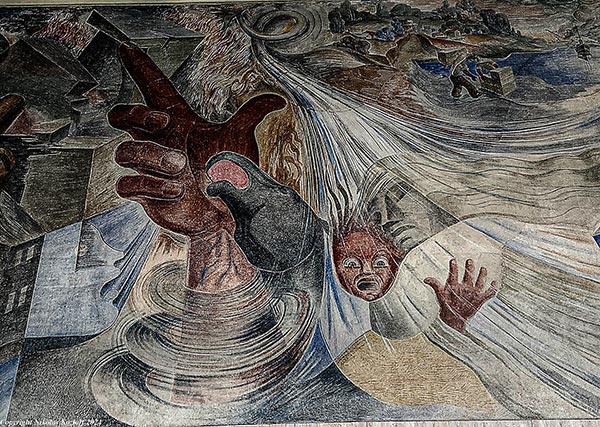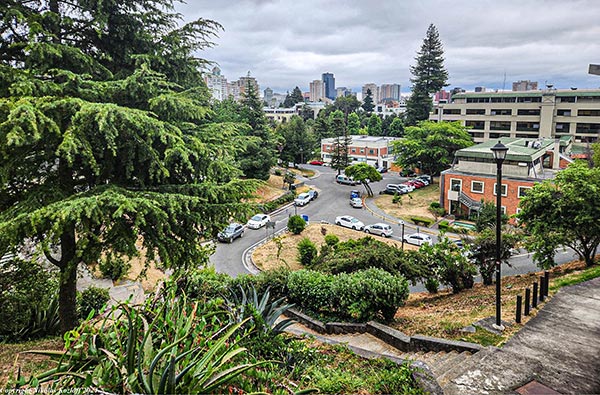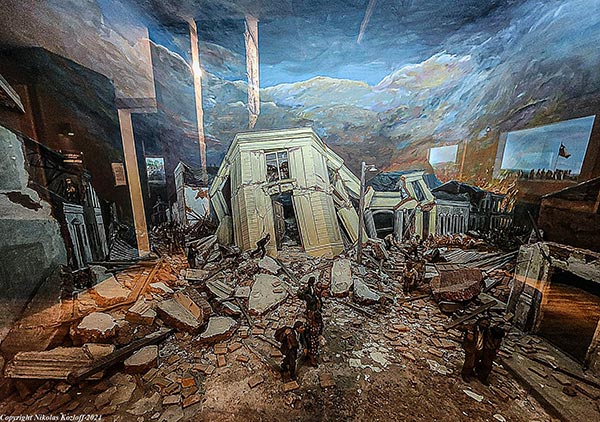
Concepción’s Natural Disasters
While at sea in 1835, Darwin witnessed the volcanic eruption at Mount Osorno. A scant two months later, the young naturalist came ashore in the coastal city of Concepción and observed the devastating impact of an earthquake. The earthquake measured 8.2 on the Richter Scale, and killed 50 people. The main shock lasted just six seconds and leveled much of the city. Aftershocks continued for weeks, as well as three tsunamis. Later, Darwin would connect volcanoes, earthquakes and vertical uplift of the earth’s crust.

In the wake of the disaster, Darwin made important geologic discoveries in the bay of Concepción. While hunting for fossils, the naturalist found beds of barnacles and molluscs at different elevations. Darwin noted that the fossils were more decayed at higher elevations, suggesting that such levels were the oldest and had been subject to uplift. Such uplifts were most likely gradual, though aided by sudden earthquakes.




Leave a comment